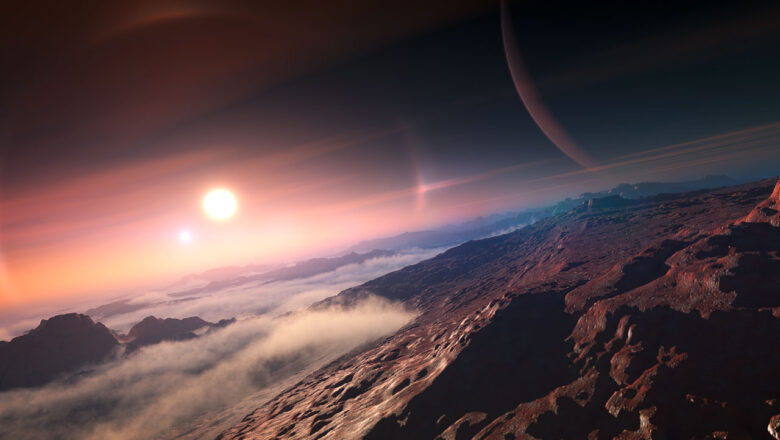
Milky Way Strips Large Magellanic Cloud’s Gas Halo Like a ‘Giant Hairdryer’: Hubble
NASA's Hubble Space Telescope has captured a dramatic cosmic event as the Milky Way galaxy interacts with the Large Magellanic Cloud (LMC), a dwarf galaxy passing through its outer regions. Dubbed a "giant hairdryer" by scientists, the Milky Way’s immense gravitational and environmental forces have stripped much of the LMC’s gaseous halo, leaving behind a compact remnant.
Andrew Fox, the principal investigator from the European Space Agency, explained:
"The Milky Way is pushing back so forcefully that the ram pressure has stripped off most of the original mass of the LMC's halo. There's only a little bit left, and it's this small, compact leftover that we're seeing now."
Science Behind the Stripping
The phenomenon, known as ram pressure, occurs as the dense environment of the M...


